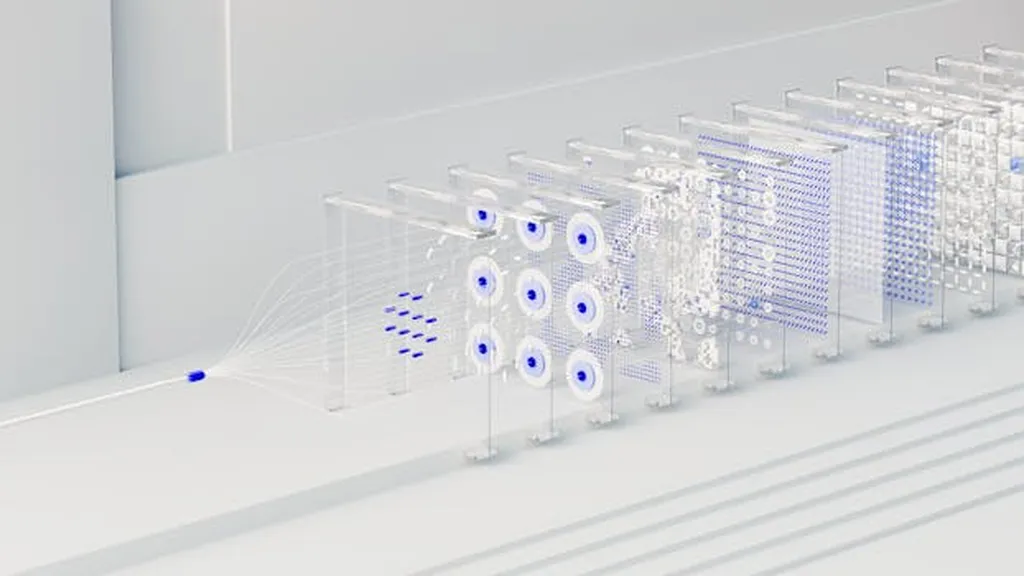In the quest to enhance precision agriculture and crop monitoring, a team of researchers has made significant strides by combining multi-source remote sensing data with deep learning techniques. The study, led by Jiamei Miao from the Institute of Resources and Information at the Xinjiang Academy of Forestry Sciences, was recently published in the journal *Applied Sciences*. The research focuses on improving fruit planting classification, a critical aspect of orchard management and rural revitalization.
The team utilized data from Sentinel-1, Sentinel-2, and SRTM satellites to extract a variety of features, including spectral, vegetation, polarization, terrain, and texture information. This high-dimensional feature space was then refined through feature selection, identifying 13 highly discriminative bands that formed an optimal dataset. “By integrating these diverse data sources, we were able to create a more comprehensive and accurate representation of the agricultural landscape,” Miao explained.
The researchers compared the performance of five typical deep learning models—EfficientNetB0, AlexNet, VGG16, ResNet18, and RepVGG—on two classification datasets: multi-spectral bands (MS) and preferred bands (PBs). The results were promising, with the EfficientNetB0 model based on the preferred band achieving an overall accuracy of 87.1% and a Kappa coefficient of 0.677.
To further enhance the model’s performance, the team incorporated Fine-Grained Multi-scale Fusion (FGMF) and Condition-Guided Attention Refinement (CGAR) modules into EfficientNetB0, replacing the traditional SGD optimizer with Adam. This improved model, dubbed CF-EfficientNet, demonstrated superior accuracy and stability, achieving an overall accuracy of 92.6% and a Kappa coefficient of 0.830. “The CF-EfficientNet model’s ability to accurately classify fruit plantations has significant implications for the agriculture sector,” Miao noted. “It can help farmers optimize resource allocation, improve crop yields, and enhance overall farm management.”
The commercial impacts of this research are substantial. Accurate crop mapping and monitoring can lead to more efficient use of agricultural resources, reduced environmental impact, and increased profitability for farmers. As global climate change and urbanization continue to pose challenges to the agriculture sector, the need for precise and reliable crop monitoring tools becomes ever more critical.
This study not only advances the field of precision agriculture but also sets the stage for future developments in remote sensing and deep learning. The integration of multi-source data and advanced machine learning techniques offers a powerful tool for addressing the complex challenges facing modern agriculture. As Miao and her team continue to refine their models, the potential for even greater accuracy and efficiency in crop monitoring grows, promising a brighter future for farmers and the agriculture sector as a whole.

